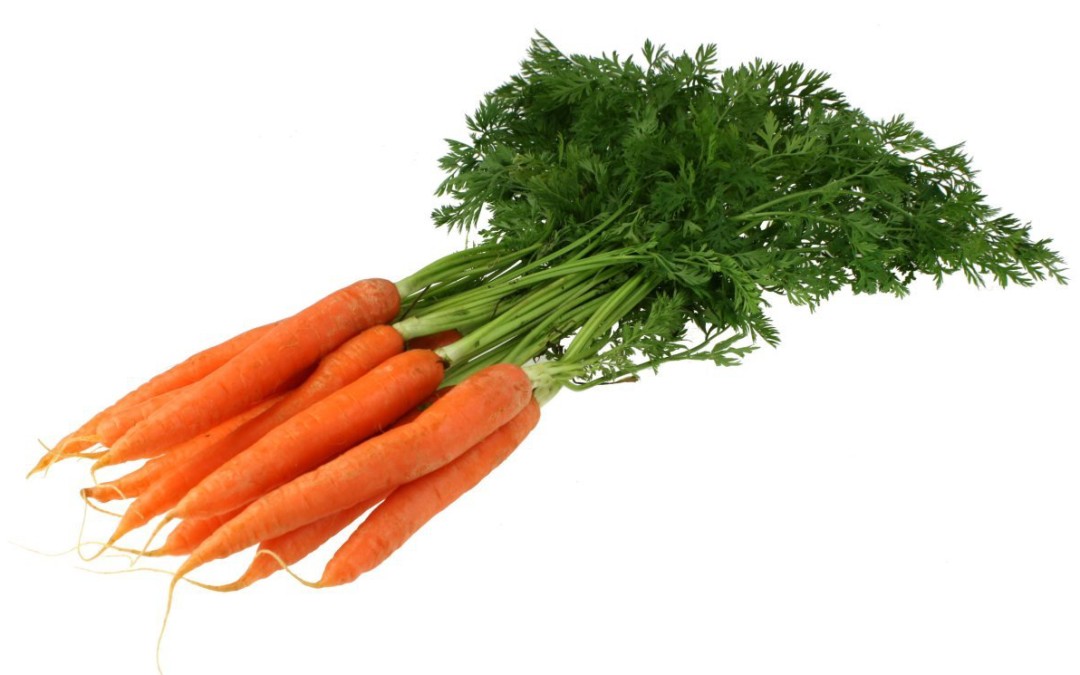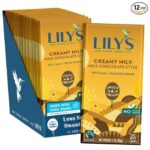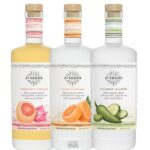In 2008, a new CEO took the helm at Bolthouse Farms. Jeffrey Dunn became CCO or Chief Carrot Officer. Bolthouse has almost of century of providing produce to the supermarket shelves of America. Dunn, a twenty-year Coke veteran, saw an opportunity for Bolthouse’s juices and carrot products.
A Bolt of Marketing Insight
His insight was simple if Coke could convince the world to drink carbonated sugar water, why couldn’t great marketing get more consumers to drink and eat healthy beverages and snacks?
In 2010, he launched a new marketing campaign called, “Eat ‘Em Like Junk Food” that positioned their baby carrots like Cheetos, Doritos or other snack foods. The small-competitively priced snack bags of baby carrots appeared in vending machines and through new channels where another snack food (or junk food) is sold, like convenience stores.
Dunn brought some keen insights to Bolthouse like adding single-serve portions of their blended juice drinks so that they could compete with a can of Coke or Dr. Pepper. They couldn’t just sell quarts or gallons, but needed millions of consumers are reaching for them to quench a desire for a healthier alternative to carbonated sugar water.
Their 2010 ad campaign was comparable to other similar approaches to category building activities like the milk, pork and raisin campaigns of that late 90’s. But they had to convince a board of directors to invest millions of dollars during a tough time in the economy. Coke is king at investing when the market is soft because it is the best time to gain share.
They leverage social media. They used online and offline promotion. But they also used what Dunn called The three A’s, approach to bring their marketing effort to life.
Accessibility – They had to find ways to make their products desired and liked. They needed the consumer to want their product. So, through market research and new insights, they created new products that helped them achieve that goal. Vegetable Snackers and Fruit Tubes were born to find new delivery vehicles to get fresh produce into the hands (and consideration) of younger consumers.
Availability – This was the second A on their path to growth. They convinced retailers and big box chains like Costco that snacking sections could exist in the produce aisle. This new location gave them a chance to have a new outlet that already had the health halo surrounding it. They also were early partners with home delivery businesses like PeaPod bringing new opportunities and channels to deliver healthy snacks.
Affordability – The third A gave them a chance to position their products against other snack choices. And, they worked hard to eliminate price as an obstacle. So if a bag of carrots and a bag of chips are both $.99, consumers have one less barrier to say no to the healthier option.
From 2010 to 2014, sales went from $578 million to over $1.3 billion dollars of revenue. Proof that good things happen when you eat your vegetables.
What’s up with your marketing, doc?
____________
Need a little excitement in your marketing? Snap into a phone call with me.
This post was inspired by the article in HBR Oct 2015 article by Jeffrey Dunn. Check out the entire article to learn more about this brilliant marketer. Photo credit: CC BY-SA 3.0 NY




